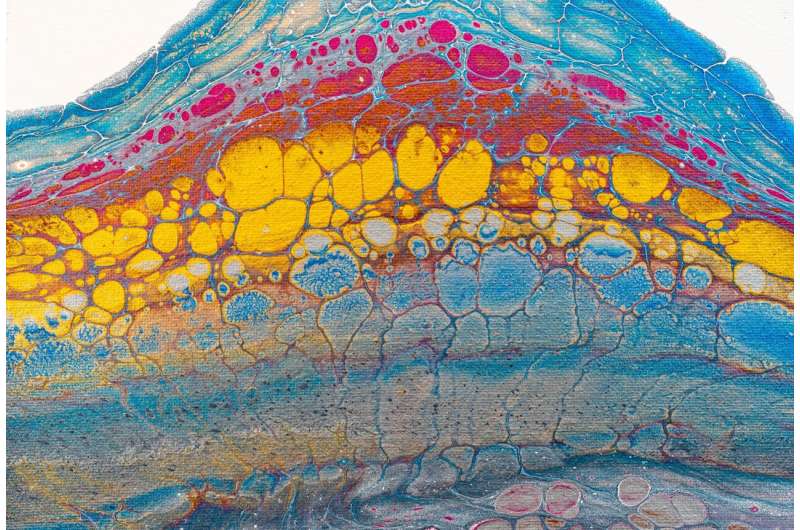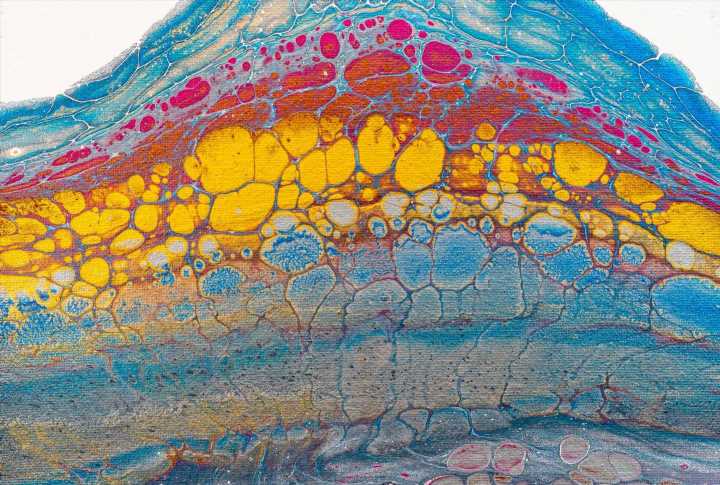Examining the mechanism by which active inflammation occurs in parallel with immunosuppression in the TME

If cancerous cells started wreaking havoc in your body, like terrorists in a building, your immune system would act like a SWAT team to combat the enemy. But what if the building entrance were blocked by a mysterious conspirator? The terrorists would surely be able to continue their evil deeds inside the building.
Now, researchers at Kyoto University have identified the mechanism by which active inflammation occurs in parallel with immunosuppression—the conspirator that blocks the entrance—in the tumor microenvironment (TME).
Single-cell RNA sequencing was used to analyze the action mechanism of the inhibitors of prostaglandin E2 receptor in mouse models. Results showed reduced gene expression of regulatory T cell or Treg, a strong immunosuppressive cell, involved in immunosuppression.
“We discovered that EP2/EP4 inhibitors suppressed tumor growth in mouse models by allowing Treg to infiltrate the tumor and activate there,” explains lead author Dean Thumkeo of the Department of Drug Discovery Medicine.
To put the results into human perspective, publicly accessible data indicate that some patients with either lung, ovarian, breast, or liver cancers have high EP2/EP4 expression levels.
“What is important is that EP2/EP4 expression was positively correlated with the expression of genes related to Treg recruitment and activation in these cancer patients,” adds Thumkeo.
This correlation suggests to the researchers that patients with high EP2/EP4 expression suffer from a TME that highly suppresses the immune system, suggesting that cancer treatment employing EP2/EP4 inhibitors might benefit some patients with these cancers.
Currently, immune checkpoint inhibitors, or ICIs, which target the immune system rather than the cancer cells, appear to be the new go-to cancer treatment. Typically, about a quarter of cancer patients show a significant response to ICIs. For the remaining portion of patients, EP2/EP4 inhibitors may be a potential alternative.
“For now, the discovery of the anti-immunosuppressants gives us a new way forward in exploring cancer therapeutics beyond ICIs,” concludes Thumkeo.
Source: Read Full Article
